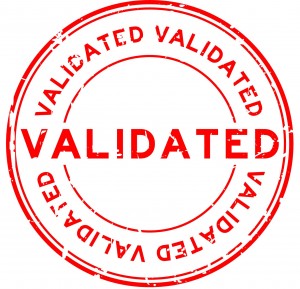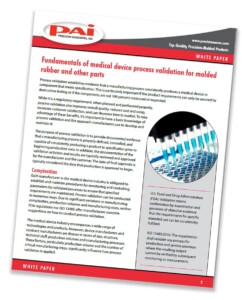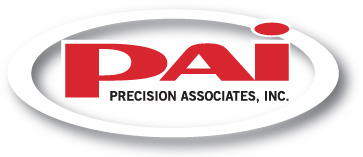Validation Services

Precision Associates, Inc. (PAI) validation services provide evidence that a part’s manufacturing process is properly defined, controlled and capable of producing product to specification prior to beginning production. As part of our validation process, PAI writes one protocol and one report, that include all phases of the validation.
The quality management system at PAI supports the validation of our medical device customers and adheres to federal regulation 21 CFR part 820. We are well-versed in writing validation protocols and reports that use:
- Installation Qualification (IQ)
- Operational Qualification (OQ)
- Performance Qualification (PQ)
The phases and elements of our typical validations are the following:
Initial work to prove set up, defined and effectiveness of the manufacturing equipment, process setpoints, mold, measurement equipment and measurement methods.
- Calibration Verification – Calibration certificates for molding machines and measurement equipment.
- Window Studies – The process limits that have been determined from previous experience with similar molds or prototypes of this mold. Capability analysis is run on parts from the low, nominal and high settings. The typical requirement is minimum 1.00 process capacity (Cpk), to authorize the OQ runs.
- Gage Repeatability and Reproducibility – Measurement system accuracy, repeatability and reliability to meet the requirement of a defined % of tolerance.
- First Article Inspection (FAI) – Inspection of a part from each mold cavity for all print dimensions, visual requirements and notes. FAI parts are run at the nominal setpoints that were chosen for the window studies.
Proves that the defined limits of the process are properly setup and capable of producing acceptable product in short, simulated production runs at the two extremes of the defined process window.
- OQ Low Run – A two-hour run at the low setpoints of the molding process.
- OQ High Run – A two-hour run at the high setpoints of the molding process.
- Capability Analysis of each run is completed with a requirement of a minimum of 1.00 Cpk to authorize the PQ runs.
- Visual requirements per the print or relevant specification are also verified to be met.
Longer, simulated production runs that prove the process is capable at nominal setpoints to produce acceptable product with other known sources of variation purposely applied to the runs.
- PQ runs us nominal settings and are typically three runs of four-hours each. The mold is removed and then set up again for each run. Additional sources of known variation are introduced into the three PQ runs (multiple presses, multiple material lots, multiple operators).
- Capability Analysis of each run is completed with a requirement of minimum of 1.33 Cpk to pass the validation.
- Visual requirements per the print or relevant specification are also verified to be met.
The validation report is written by PAI and approved by the customer.
- Additional items that are often included at customer request are a process flow diagram, process FMEA (failure mode and effects analysis) and control plan.
The validation protocol is written by PAI and approved by the customer.
Contact us for further information about PAI’s validation services.
 White Paper: Fundamentals of medical device process validation for molded rubber and other parts
White Paper: Fundamentals of medical device process validation for molded rubber and other parts
This white paper explores how, when carefully planned and properly performed, process validation can improve overall quality, reduce cost and scrap, increase customer satisfaction and decrease time to market.
